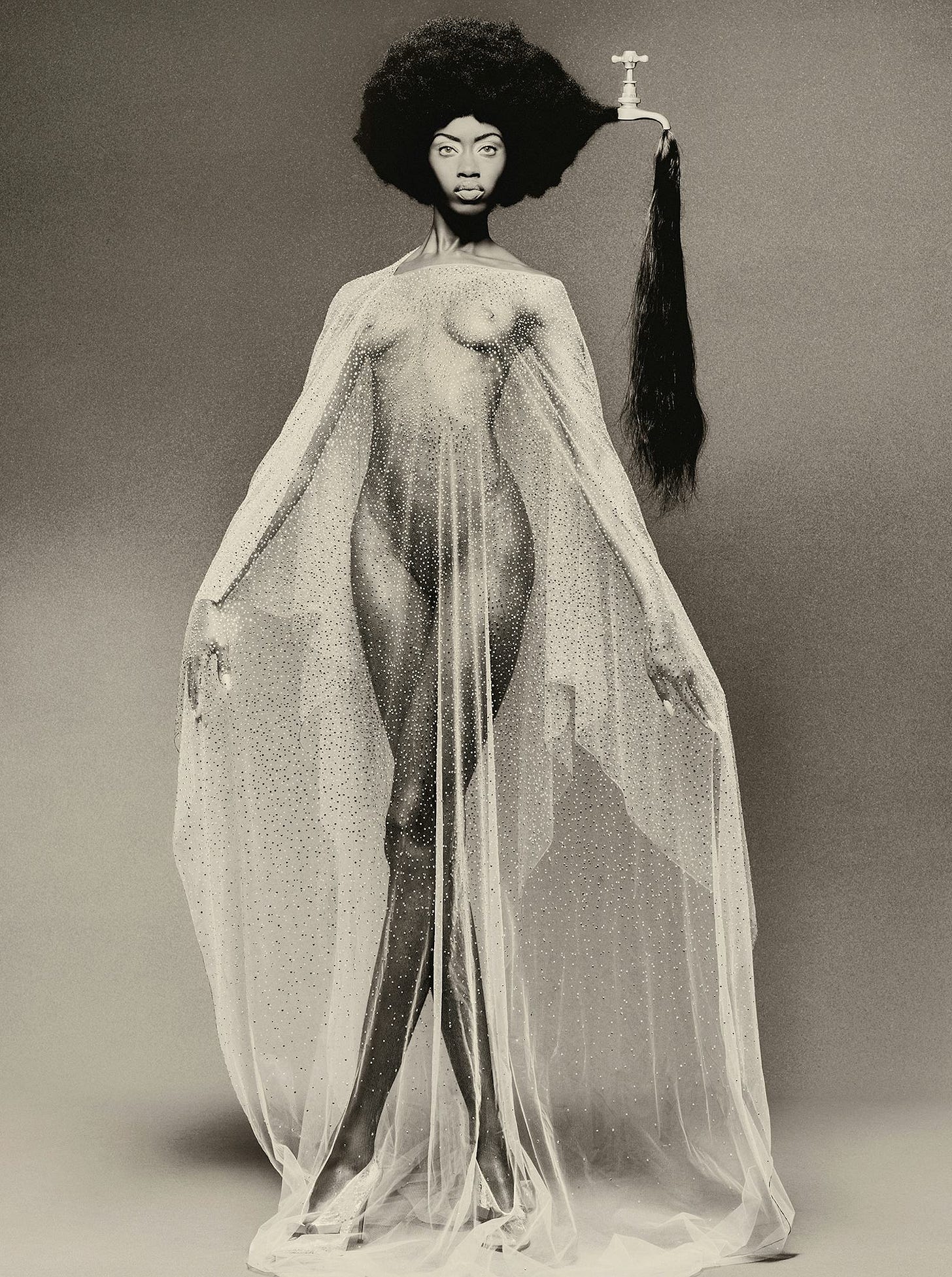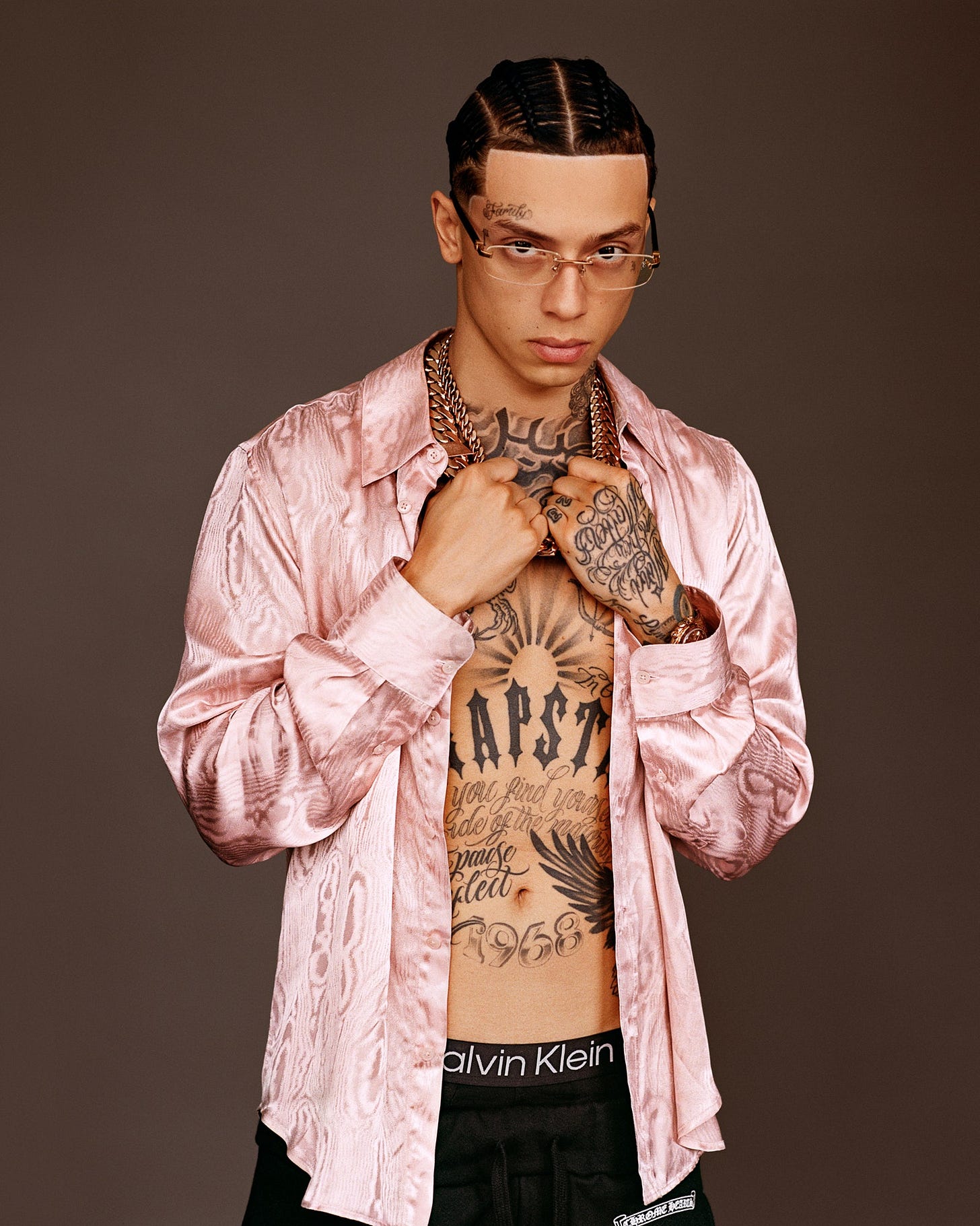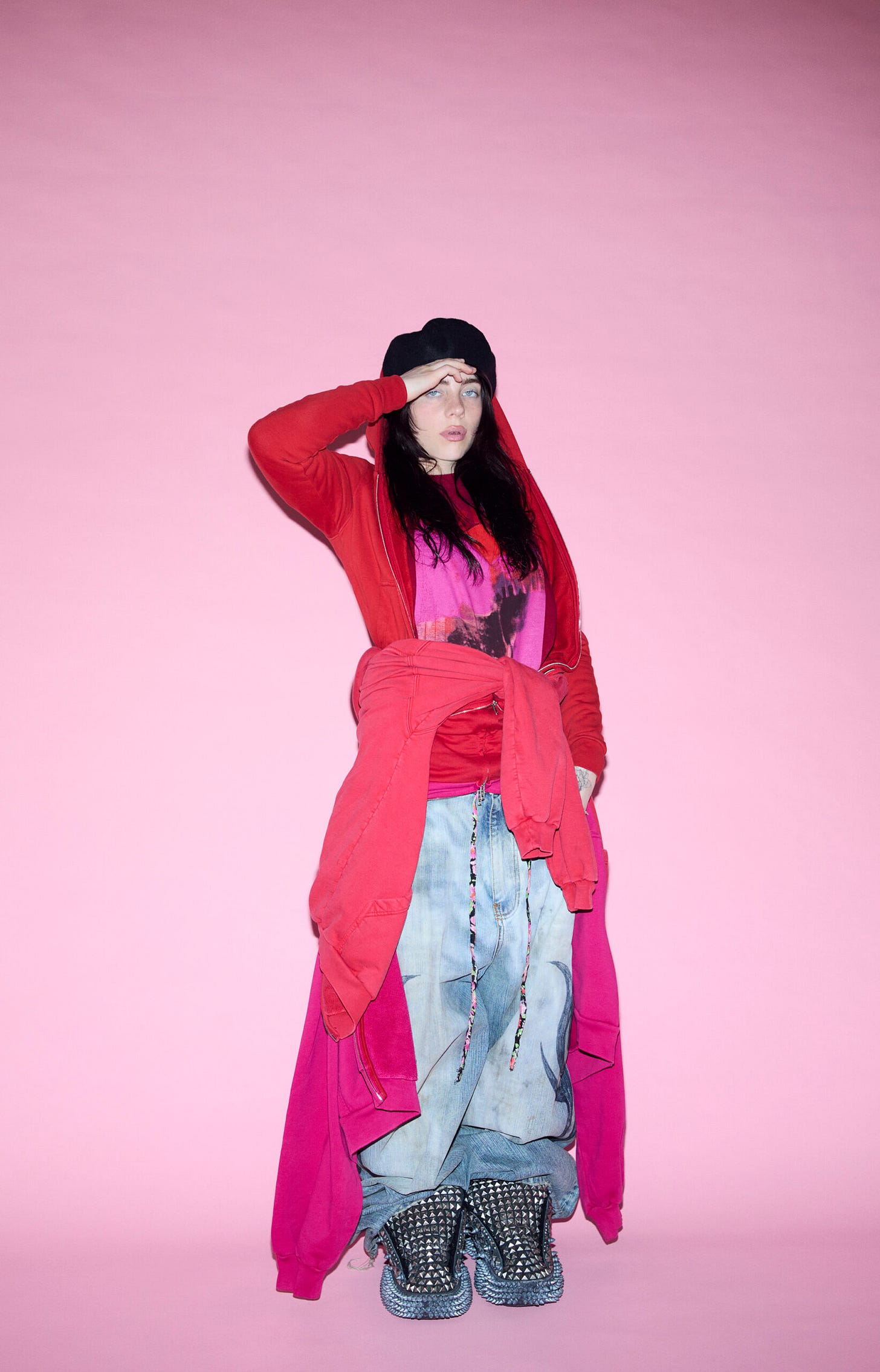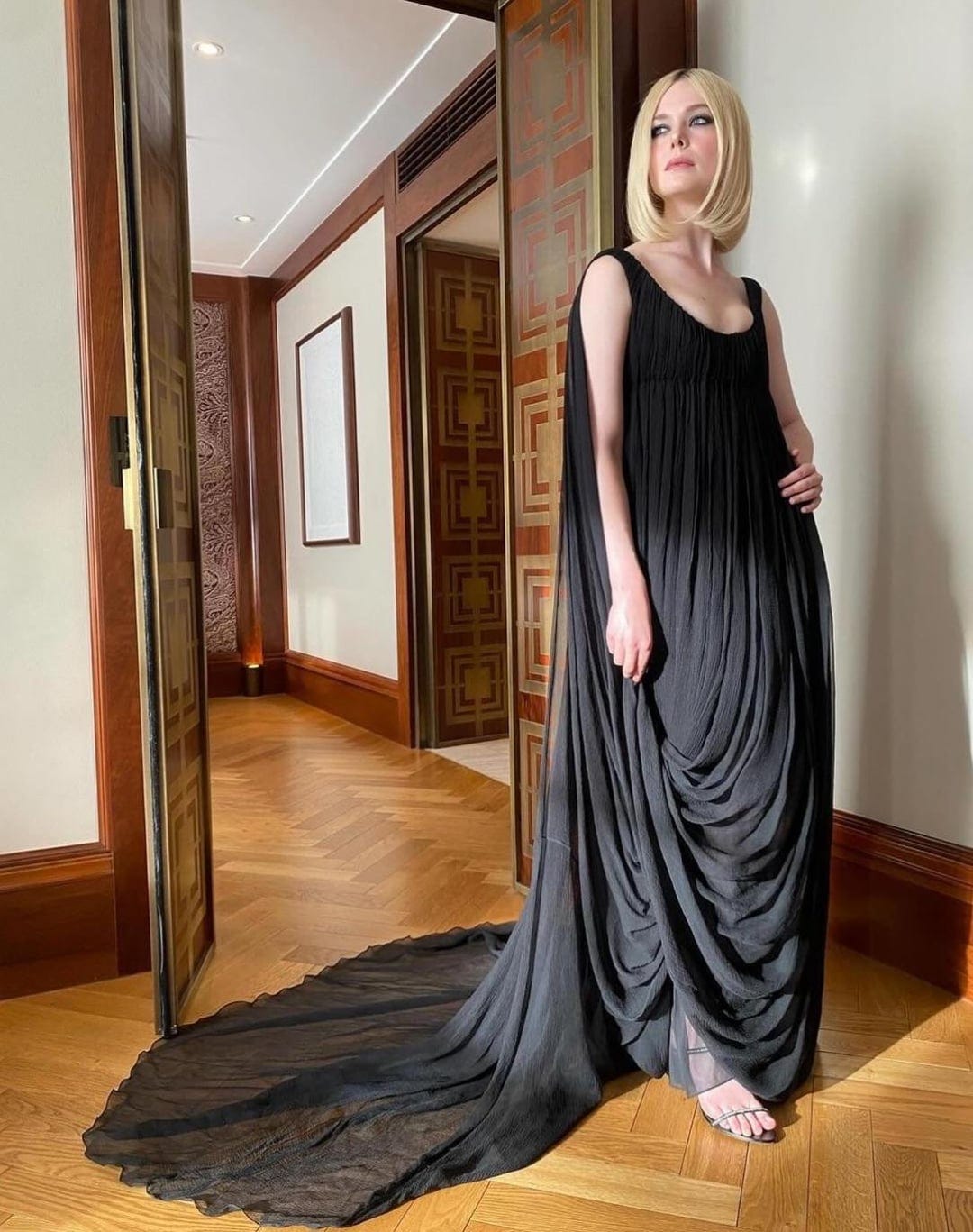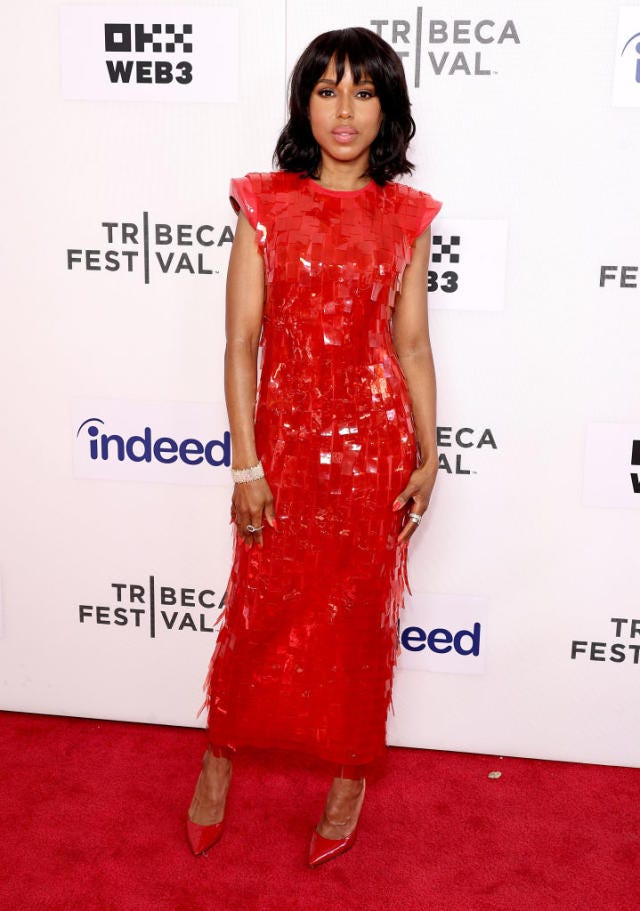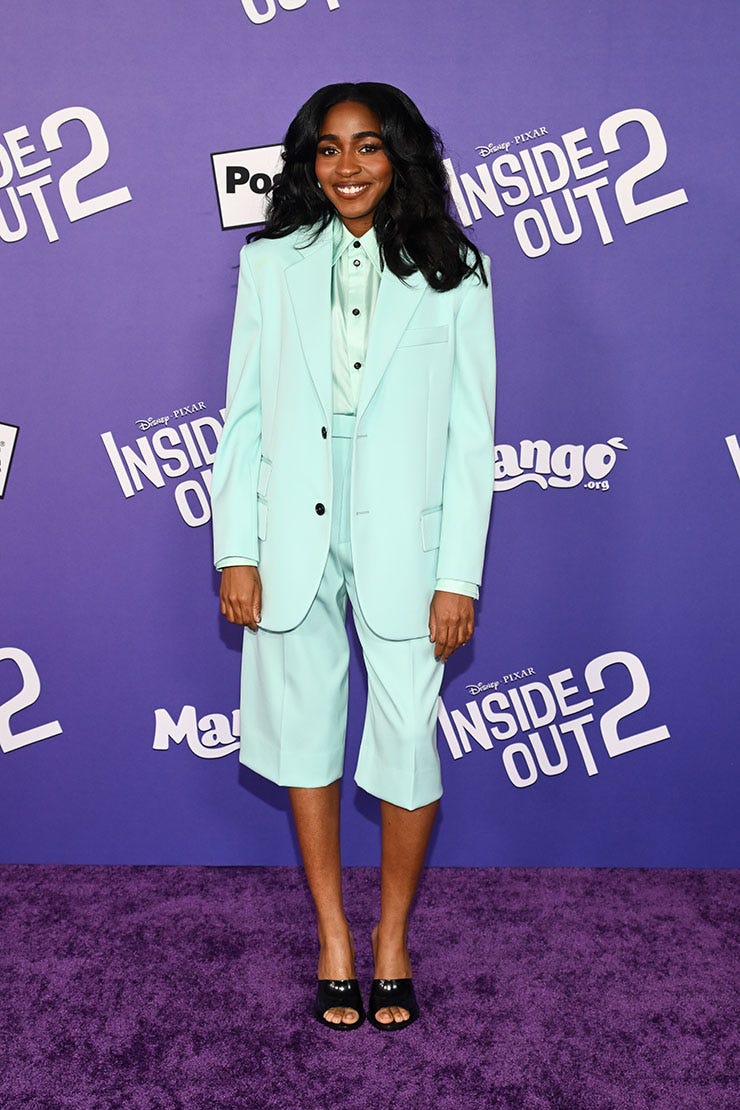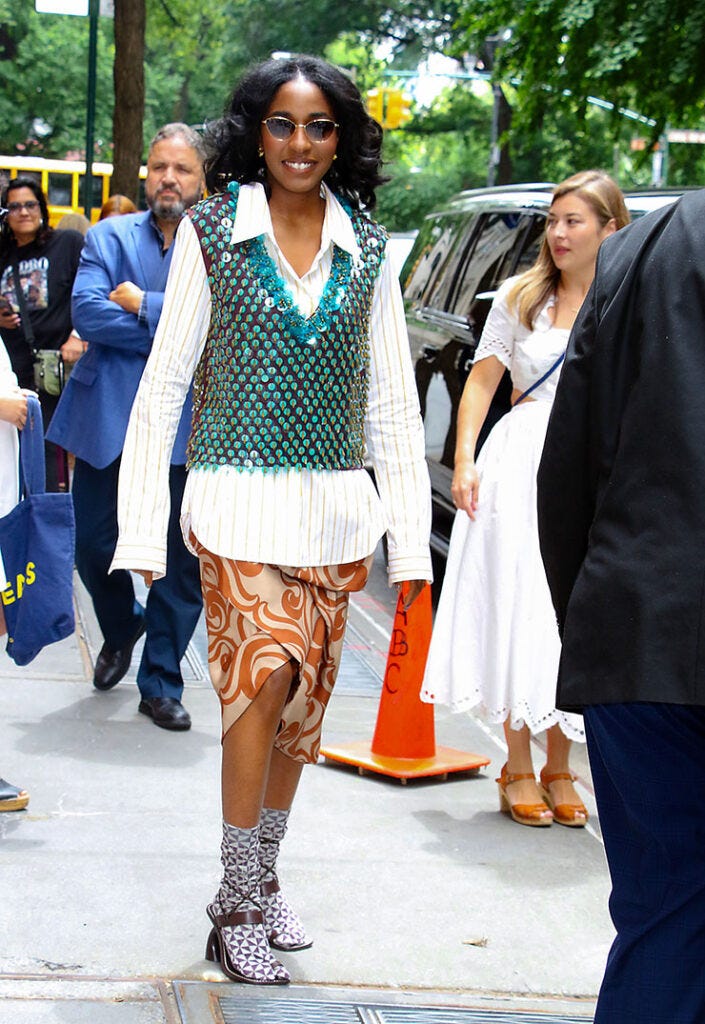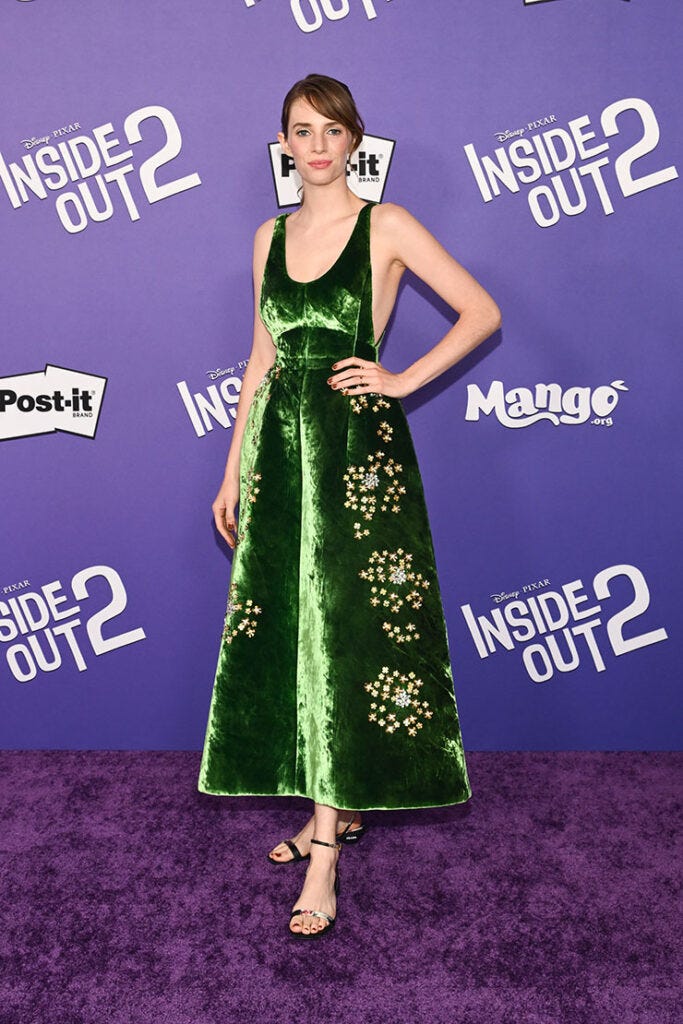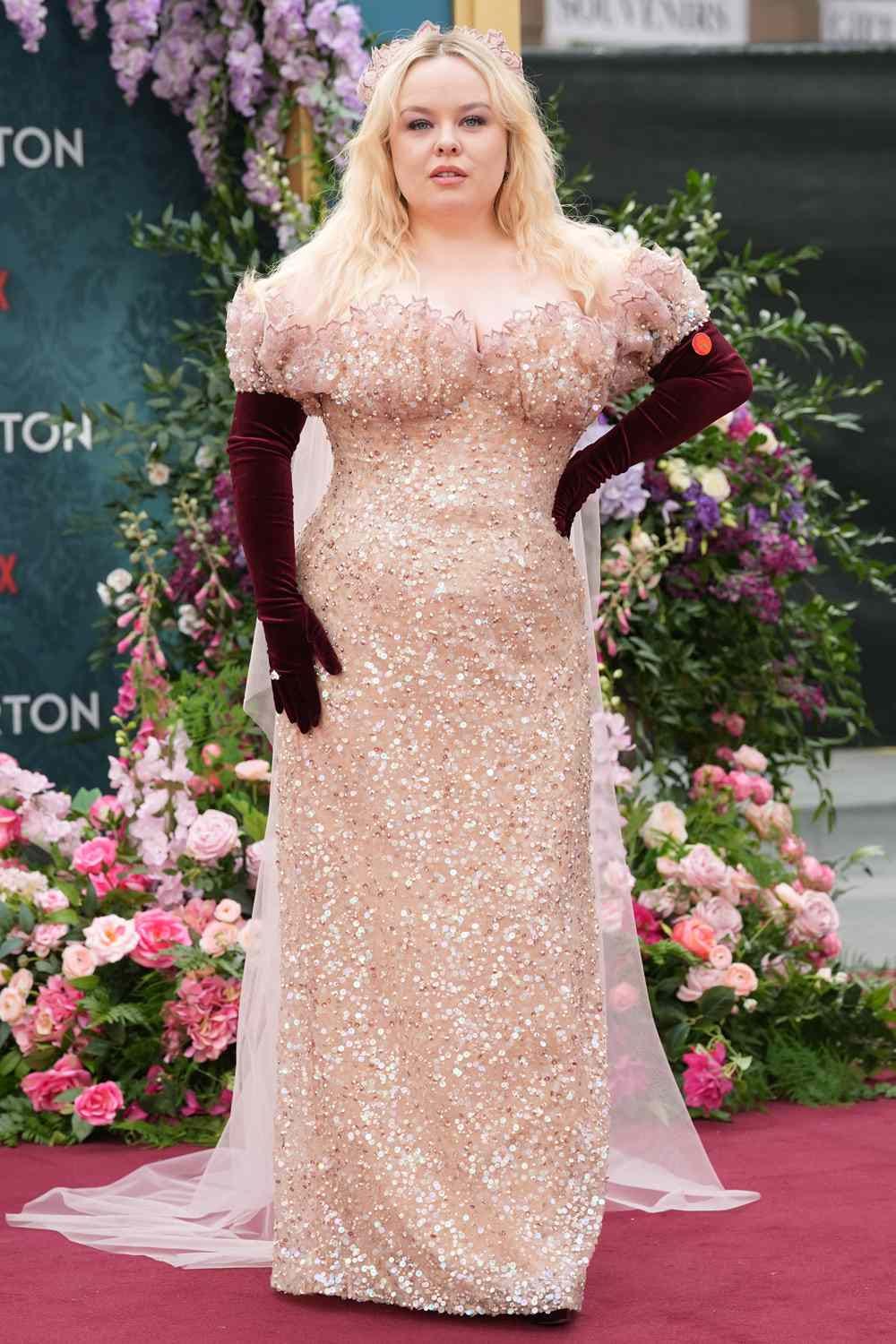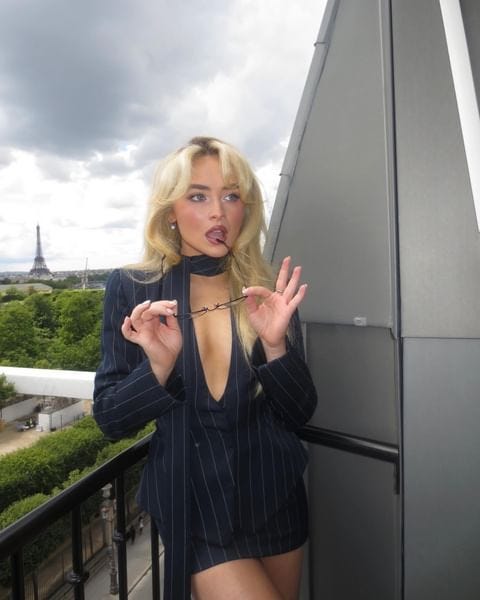Menswear fashion week has begun and I am very excited because I almost always find the menswear season a lot more inspiring than the womenswear season. Jacquemus also showed this past week… we’ll get to that! I’m also going on a itty bitty vacation next week and I have of course waited until the last minute to find a new bikini<3
Anyway, let’s get into it.
Earlier this week Françoise Hardy passed away due to complications with cancer.
Françoise was a French singer, songwriter, astrologer, author, and fashion icon. Maybe not as prominent as Jane Birkin, but a fashion girl of the 60s and 70s all the same. She was a muse to many designers, like André Courrèges, Paco Rabanne, Yves Saint Laurent, Rei Kawakubo, and Chanel. Nicolas Ghesquière has also described her as, “the very essence of French style.”
Yet, she was incredibly shy and suffered with anxiety and insecurities. Françoise once said, “I didn't enjoy at all everything, the trappings, when all of a sudden you become very famous. (...) [Being taken up by fashion houses] was work, things I had to do, a chore—I didn't enjoy it at all... It is quite impossible to stand—to be admired too much—it is not a normal situation. I don't like that at all. I am not comfortable with my professional life really, so the word 'icon'—it's as though you were talking about someone else, it's not me really."
She realized very early on that her music style didn’t really translate to an English audience, and so she made sure that her outfits were always incredible when she was in London or New York City. In 1967 Special Pop wrote, “Françoise manages to attract both kids and their parents, men and women alike. More than a singer, she's becoming a universal myth with whom thousands of young girls dream of identifying,” which aligns well with Roland Barthes’ statement that, “The essence of elegance is to be simple, to let an impression of refinement appear as though it were natural.” This mysterious nonchalance was what made her style so covetable and so iconic.
She will always be remembered.
You know it’s not a Jacquemus collection unless we get an insane location. This season, Simon Porte Jacqumus took us to the roof of Casa Malaparte in Capri, Italy. According to the press release, the location captivated Simon’s imagination 15 years ago. Entitled “La Casa,” The collection was described as, “a panoramic exploration of essential forms: minimalist geometries, classical Greek draping — radically transcribed, the purest possible."
I was always a fan of Jacquemus’ earlier work, but as time went on, it started to feel like the ideas were getting muddled and trying to do too much, while the attention to detail and actual garment construction wasn’t doing enough. This season takes me back to the old Jacquemus, with its plays on geometry and architecture through the clothing. I would also say it’s probably one of the better Jacquemus collections as of late, however still nothing to be incredibly taken by. The more I scrolled through the looks, the more I felt like they seemed as if you took Bottega Veneta and deflated it, and then I saw Jose Criales-Unzueta essentially say the same thing on Instagram and I felt validated. I also get the essence of Maximilian’s Ferragamo, sprinkled with Nicolas’ Louis Vuitton. If Jacquemus is already giving these luxury brands the Zara treatment, imagine what it’ll look like when Zara finally gets their hands on them.
It wasn’t all bad– like I said, this was one of his better collections in my opinion. That partially has to do with the fact that it didn’t feel like he was fucking around and just doing things to do them. The show opened with a look a la Brigitte Bardot in Le Mepris, and was all about the gesture, while the jersey dresses were effortlessly sexy and draped over the body lusciously, with asymmetrical cutouts that didn’t feel out of place. On the other hand, collars, peplums, and hemlines had more structure, playing with the body in a different way, as if bouncing off of it instead of clinging to it. Speaking of peplums, one made with raffia was smart, as it's a material we’ve seen the brand play with multiple times, but here it specifically reminded me of the iconic, large Jacquemus hats.
The menswear had to be my favorite part of the collection, which feels insane to say since I can still remember how confused and bamboozled I felt when I saw the debut of his menswear. It’s definitely found its footing now, even though a pant or two could have been tailored better. A pocket on a blue set being sewed into the top was really lovely, but its neckline could have been more of a true boatneck. I also would have loved to see a top stitch in a lot of places where there wasn’t one. A green suede set was fun and had a nice rounding to the shoulder in theory, but the proportions were off, mainly due to the top's flatness.
The color story was also really lovely. There were the usual neutrals, yes, but buttery yellow, lush turquoise, and bright red played beautifully against a zebra pattern that was just enough fun. Overall, it was definitely a collection full of pieces that the Jacquemus customer will eat up, even though the quality of some pieces just still isn’t quite there and the fit is often times very wonky. Then again, who's buying Jacquemus for the quality?
I don’t have too many groundbreaking thoughts on Fendi’s Spring 2025 Menswear collection, because it was quite consistent with what we’ve seen for a long time now. Sexy, beautiful menswear that is always a touch perverse. It’s also no secret that Silvia Venturini Fendi’s menswear eats UP Kim Jones’ womenswear every single time.
With that being said, it’s Fendi’s 100 year anniversary, and this is the first show to kick things off, with Silvia saying that she’s been looking deep into the archives, and wanted to talk about all the house codes and symbols. This led to the design of a new house crest, separated into four sections. It featured the Double-F Fendi logo designed by Karl Lagerfeld, the Pequin stripe, and a squirrel. The squirrel comes from co-founder Edoardo Fendi saying his wife Adele, Silvia’s grandmother, was “as busy as a squirrel.” It was the first Fendi logo in 1925, and it didn’t change until Karl Lagerfeld joined the brand. The crest also contained an image of Janus, the Roman god of beginnings, transitions, time, etc., which was also used by Karl during his time at the brand. Silvia said, “I wanted to design a crest because I think that when you have 100 years of your story you are part of this club, let’s say, of people that have been changing the rules of Italian fashion and building something into what it is today.”
This idea of a club seemed to bleed into the clothing, as most of it was quite preppy and fitting of a country club. The history of prep is extensive and not as direct as it might seem with its immediate waspy affiliations, however that aspect of it seems to perfectly align with this collection. We can look to the rise of exclusive institutions in the early 20th century, where dress codes and specific styles became class signifiers and markers of social status. As Bourdieu said, "Taste classifies, and it classifies the classifier." We see those elements of Ivy League, collegiate style veiling this entire collection with blazers, rugby stripes, polos, and crests. However, although there is the obvious connection between luxury fashion and being part of a certain class that holds a certain cultural capital, we see those subversions of classic styles through asymmetrical plackets, slutty cold shoulders, short shorts, and sheer fabrics. This plays on Simmel’s theory that fashion is both a source of imitation and differentiation, specifically saying, “Fashion satisfies the dual need for social adaptation and individual differentiation." Which then makes me think the ways in which we see different subcultures or marginalized communities adapt specific styles, and how that in turn affects and interacts with upper class luxury. A different kind of club referenced was a club kit, with the inclusion of a knit Fendi soccer shirt, which references the Fendi luggage that the Italian national team used during the 1984 Euros.
Throughout the collection we also saw the iconic Selleria stitching which was adopted by the Fendis from Roman saddlery techniques and used in their leather goods. Bringing it into the clothing was smart and especially beautiful in a brown leather coat. It’s not Fendi without furs and leathers, however the suedes felt light and easy breezy for the summer season, while the fur coats were silly and fun with bare legs. Layering felt lived in, but polished, as if this is a man who grew up understanding there was a way he was meant to dress, but can now fuck with those rules. All in all, a very lovely collection.
- W’s The Surreal Deal; THIS is an editorial!!! Absolutely no notes. Styled by Katie Grand.
- Central Cee for British Vogue; Chioma Nnadi continues to platform British talent in such an inspiring way. Also, Mona Tougaard?! Queen. There’s an obvious connection between fashion and music, so Central Cee on the cover makes a lot of sense— I just wish his styling made more sense for the season. Styled by Kate Phelan.
- Billie Eilish for Interview; As usual this interview is very Interview, however I feel like Billie’s style generally makes sense for Interview, so this is all very cohesive.
- Elle!! I gasped. There’s been a lot of vintage McQueen around recently and I love to see it, especially when it’s this delicious. This is from the ‘The Girl Who Lived in the Tree’ collection (or I should say it was based on this collection), and it pulled a lot from the British monarchy, as well as clothing in India during the British Raj. The first half of the collection was all in black and white, before the feral girl turned into a princess, with a more rich wardrobe. Regardless of the part in the story where this dress falls, the draping is just so incredibly dreamy.
- Sportmax is so underrated, but it usually always hits so good. There’s something very scrumptiously sterile about this dress that I love. I love the shoulders and how they look velcroed together, as well as the sheer bodice and boning. I actually think it looks better on Joey than it did on the runway if I’m being honest.
- Sportmax just really had a good week, because this Kerry Washington moment is even better. Her styling was getting a bit questionable there for a second, but I think we’re back. I want to lick this dress. The reflective, fringe, square pailletes are so fun, and add so much depth and texture to what would have otherwise been a simple red dress.
- Ayo!!<3 I love Matthieu’s Bottega down, but sometimes the custom looks confuse me very much. This, however, is perfect. It’s simple, but this shade of mint is so refreshing and I love a good short suit. Ayo plays Envy in Inside Out 2 and I feel like this color is perhaps a nod to her character.
She’s also a fashion girl through and through, and a woman after my own heart, in Dries Van Noten. Papa Dries is a master at playing with colors, textures, and prints— he puts random things together in a way that doesn’t feel random anymore. It’s like candy, I die.
Finally, she gave us a little casual slay in Loewe. These cargo pants are so, so me, and I love the way they play with draping and tailoring. I like the way the waistcoat plays off of them, however I do wish it was fitted differently— either a bit smaller or a bit larger.
- Maya Hawke and Hunter Schafer are probably my favorite Prada girls. They just always have so much fun with the brand and I’m almost never disappointed. This is a lot less quirky than most of the Prada looks we see Maya wear, and while that would have been fun to see here since she plays Anxiety, this is still a stunning dress. That green velvet is dreamy and it’s fitted to perfection.
- God is truly a woman. When I saw this Rodarte look, I forgot that breathing was a necessary function of the human body. She really saved the best for last with these premiere looks. The dress is based on the Fall 2024 collection, but I prefer Nicola’s custom version. It’s fitted to perfection, and this nude, pale pink is complimented really beautifully by the deep red. I know the gloves might be polarizing, but I think they work here, although they could be a bit less scrunched up. The shell bust area is very Rodarte, as is the flowered band of the veil. Speaking of which, I like that the veil creates a train instead of the actual dress itself, and since Penelope and Collin get married in this very underwhelming season of Bridgerton, it feels fitting.
- The LaQuan Smith and Thom Browne both ate, and I like that she is sticking with a very specific aesthetic and making the brands she wears fit into that.
So that was this week! I’m finishing up my last two weeks at my job, so if anyone has any connections in the fashion writing space, or wants to share my newsletter with everyone they know, or knows somebody who wants to manage my acting career (not kidding), then please do reach out.
TTYL!!!
xx















